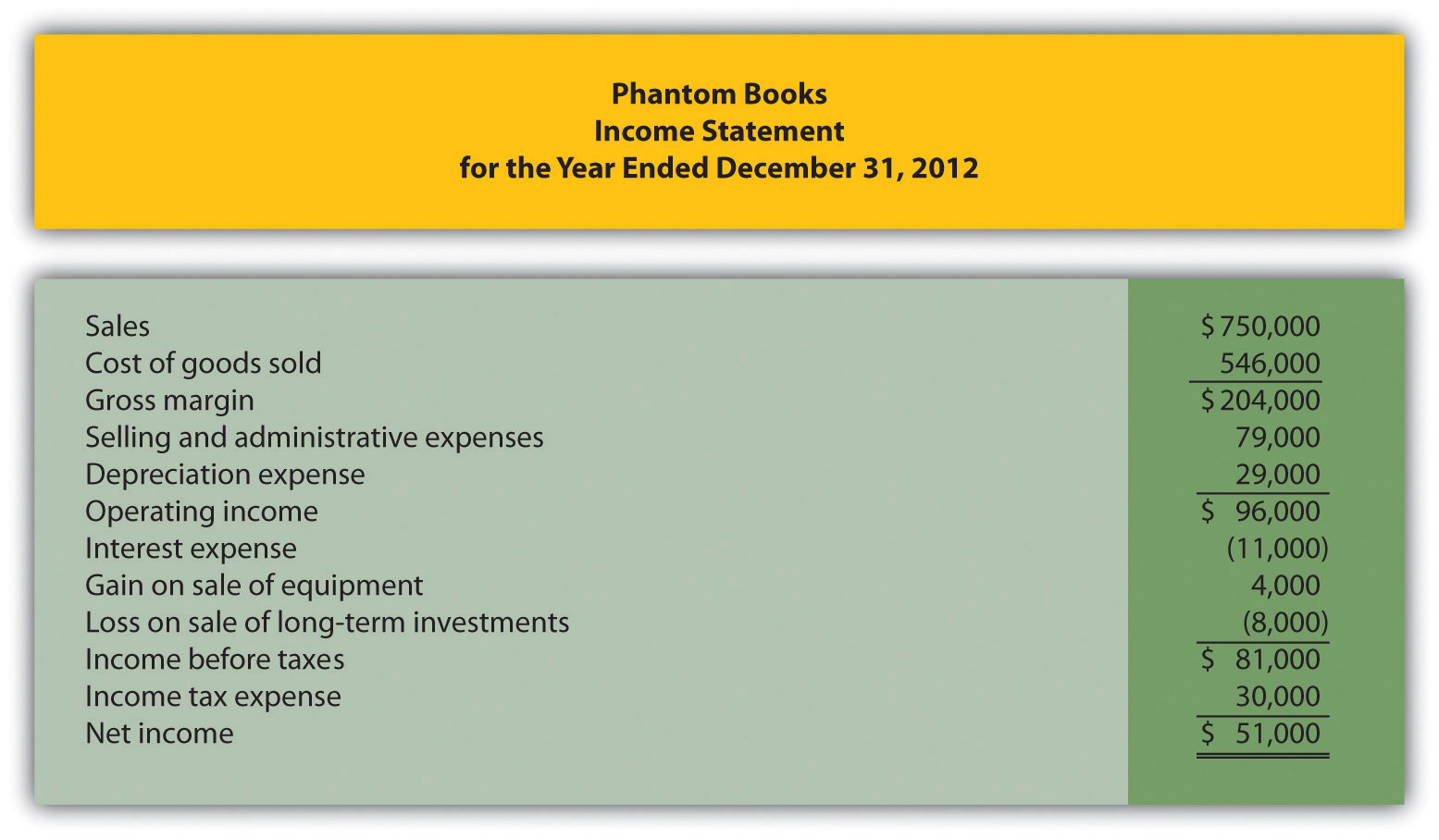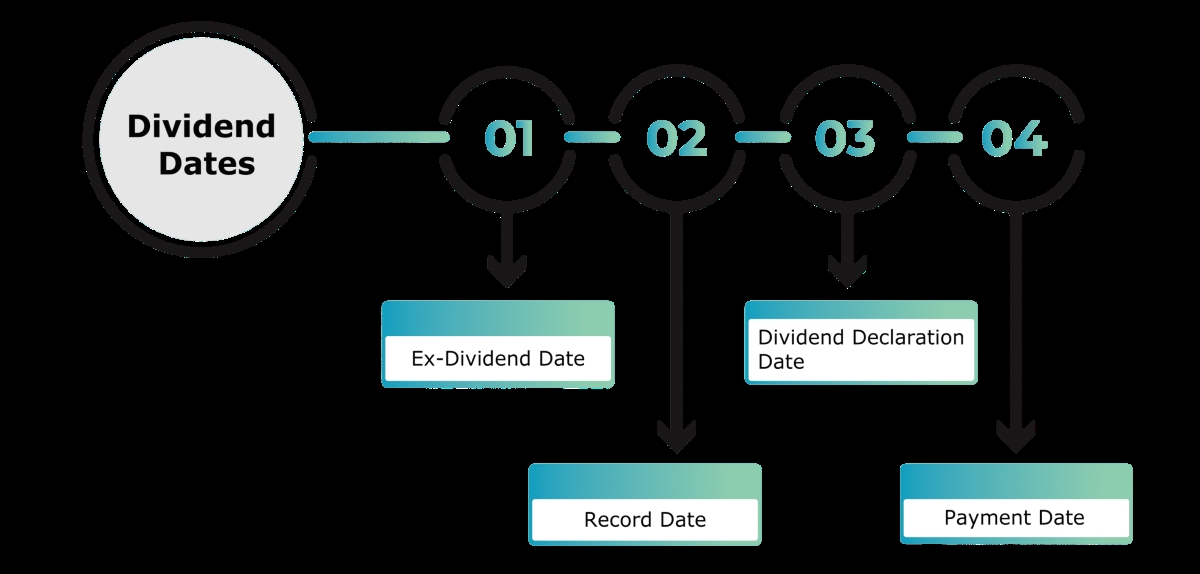Home>Finance>Global Financial Stability Report (GFSR) Definition


Finance
Global Financial Stability Report (GFSR) Definition
Published: November 30, 2023
Learn the definition of Global Financial Stability Report (GFSR) in the world of finance and enhance your understanding of financial stability and risk assessment.
(Many of the links in this article redirect to a specific reviewed product. Your purchase of these products through affiliate links helps to generate commission for LiveWell, at no extra cost. Learn more)
The Global Financial Stability Report (GFSR) Definition: A Comprehensive Guide
When it comes to understanding the intricacies of the global financial system, one key resource that stands out is the Global Financial Stability Report (GFSR). But what exactly is the GFSR, and why is it important? In this blog post, we will delve into the definition of the GFSR, its purpose, and how it can provide valuable insights into global finance.
Key Takeaways:
- The Global Financial Stability Report (GFSR) is a flagship publication by the International Monetary Fund (IMF) that assesses potential risks and vulnerabilities in the global financial system.
- Its primary goal is to enhance international financial stability and mitigate the likelihood and severity of financial crises.
The GFSR serves as a vital tool for policymakers, financial institutions, and investors worldwide. Produced twice a year by the IMF, this report offers a comprehensive analysis of the current state of global finance, identifying potential risks, and providing policy recommendations to mitigate those risks.
So, what exactly does the Global Financial Stability Report cover?
The report focuses on various aspects of the financial system, including banks, non-bank financial institutions, and capital markets. It analyzes trends and developments in asset valuations, credit expansion, market liquidity, and financial market conditions. By monitoring these factors, the GFSR aims to detect vulnerabilities that could pose a threat to global financial stability and subsequent economic growth.
How does the Global Financial Stability Report provide insights into global finance?
The GFSR combines rigorous analysis with vast amounts of data to assess potential risks and vulnerabilities to the global financial system. By doing so, it helps policymakers understand the interconnections between different parts of the financial system and identify potential areas of concern. This enables them to take proactive measures to enhance financial stability, such as implementing regulatory changes or improving risk management practices.
Why is the Global Financial Stability Report important?
Understanding the state of global financial stability is crucial for policymakers, financial institutions, and investors alike. The GFSR provides valuable insights into potential risks and vulnerabilities, serving as an early warning system for potential financial crises. By heeding the recommendations and insights from the report, stakeholders can make more informed decisions, adapt their strategies, and help protect the global economy from severe shocks.
In conclusion, the Global Financial Stability Report (GFSR) is a powerful tool that provides a comprehensive analysis of potential risks and vulnerabilities in the global financial system. By examining trends, identifying vulnerabilities, and providing policy recommendations, the GFSR enhances international financial stability and acts as a crucial resource for policymakers and financial market participants worldwide.














